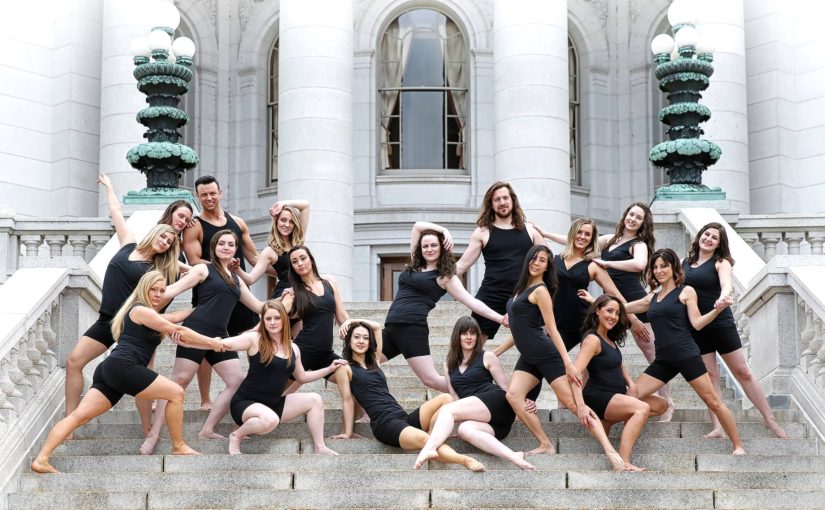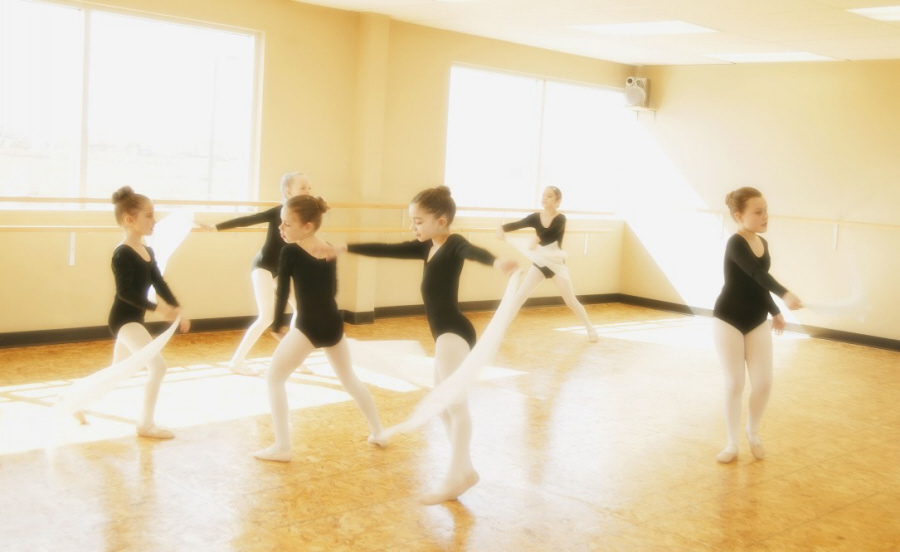By Ashley Collingwood
Many dancers focus their career on performance, but many young professionals remain unaware of the variety of career choices in dance. With all of the knowledge a young dancer gathers during training in the art form, it can be utilized later on in several ways. Aside from knowing proper technique, dancers should be educated in terminology, the business aspect of dance, the stage, dance criticism, history, anatomy, as well as performance quality. This allows a dancer to be well rounded in the field of dance- opening doors to different career choices in the dance world.
A lot of dancers end up teaching and/or choreographing for a living. These options allow a dancer to be creative and share their love of dance with others. A professional can teach children at dance studios, conventions, or end up choreographing for major dance companies or productions. The insight in terminology, anatomy, and performance quality aids the professional teacher and choreographer to pass information along.
There is always a business aspect behind each job. Managers, directors, talent agents, and dance studio owners are all required. Within manager positions, there are business, company, production, and stage managers. Both artistic and rehearsal directors are necessities for companies to set the artistic direction and keep the choreography pure to the choreographer’s vision. Talent agents seek talent for gigs, while dance studio owners have to be organized and maintain the function of their studio. Although all of these jobs expect knowledge in business and leadership, it is important to know dance as an art form as well.
With every show, there is a behind the scenes crew. Without this crew, a performance would be nearly impossible. The technical production employees are great assets to this industry. Lighting and scenic designers help make a performance possible. With every performance, costumes, hair and makeup top it off. Although some costuming is more elaborate than others, it seems to complete a performance no matter what. Many productions are in need of professional costume designers, hair stylists, and makeup artists to contribute their creativity.
Three other interesting options for careers are in journalism, dance therapy, and massage therapy. When getting into journalism, a dancer can use his or her knowledge to write reviews on performances, trends, or tips. Dancers are creative beings, so writing is a perfect way to express that. Dance therapy, on a completely different line of the spectrum is good for dancers who work well with people and interested in the psychotherapeutic use of movement. A dancer may also be interested in massage therapy. A dancer’s awareness of his or her body, as well as an understanding of anatomy and physiology, can make massage therapy a great career option.
Not all jobs require a degree. However, being well educated is helpful when in the pursuit of different options throughout the dance field. These are just a handful of ideas to look into while determining a future dance career. Ways to try on these options include auditioning, developing leadership skills, experience, and determination. Continue to explore the field of dance!



